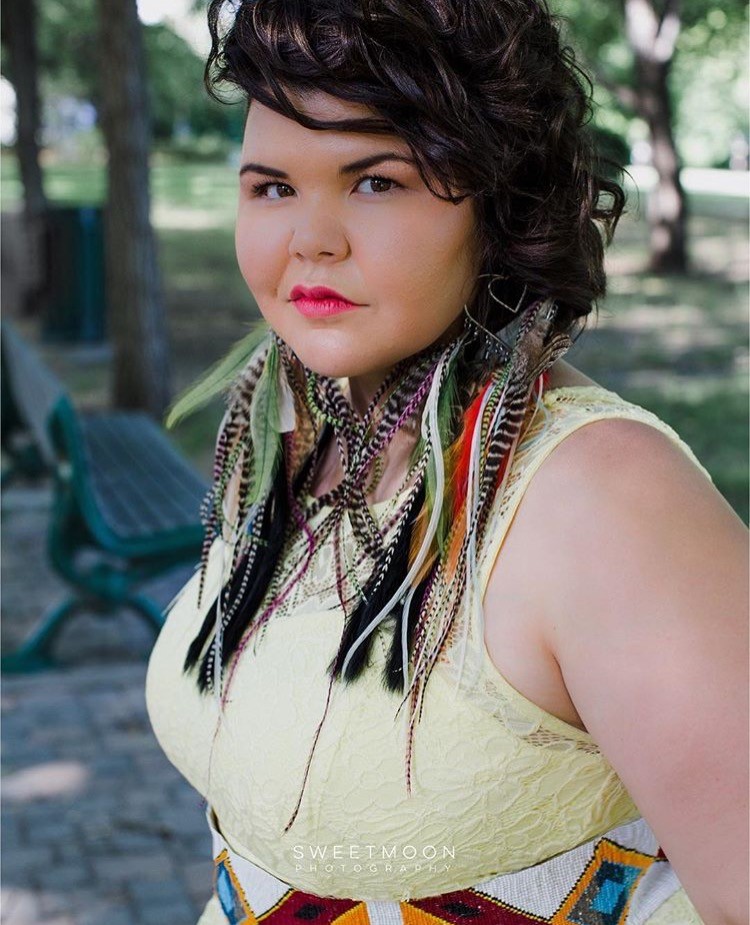
Alumni highlight
MOVER AND SHAKER: ZOEY ROY
By HENRYTYE GLAZEBROOKThe young woman across from Zoey Roy (BEd'17) was terrified.
She’d been skipping class, afraid that Roy was going to hurt her if they crossed paths in the hallways, and as a result the two teenagers had been pulled into a mediation session at their high school.
The goal of the session was to find out exactly what was going on and get everyone back to their studies, but for Roy the sit down turned out to be revelatory.
“People were scared of me,” Roy said. “I thought that was powerful, but in that situation she was scared to come to school and that hurt me. I’m actually a very sensitive person, and that was just how I had to portray myself.
“I was trying desperately to be in control of my own life. I guess in some ways that meant controlling other people at that time.”
It was this moment of understanding— of discovering, even at just 15 years old, that she had as much power in the role of tormentor as she did in an act of diplomatic empathy—that brought Roy to where she is today, splitting her efforts between artistic output as a poet and working as a community-based educator in Saskatoon.
Her life up until that pivotal sit down had been one of near-constant disarray, beginning with the moment she left home at 13. The intervening years saw her boarding with whichever friend would take her in, mixing in with bad crowds and racking up four criminal charges and 28 visits to Saskatoon’s Kilburn Hall youth detention facility. Roy even relocated to her father’s care in British Columbia on a deferred custody order to prevent serving a longer stint in jail.
And it was all spurred on because of a crisis of identity.
“It wasn’t like my parents did anything wrong,” Roy said. “It was just me trying to make sense of myself and thinking that I needed to play a certain part in order to become what I idolized. I had this perspective of myself that I was Indigenous and Indigenous is synonymous with poor.”
After Roy returned to Saskatoon and started buckling down, finding employment and going through that same mediation session at Mount Royal Collegiate, she got to thinking about taking action in the community.
It started with an underpass that flooded every time it rained, forcing her to dodge the cars on the street above on her way to class. A few calls to the city, the media and her school, and suddenly the newspaper was touting her as an activist.
Next she partnered with the City of Saskatoon, hosting a party that dovetailed speakers from the government and the University of Saskatchewan with pizza, performers and dancing to educate people on the power of voting.
“There was an election and I was eligible to vote, but I didn’t know how to vote,” she said. “I didn’t know why I should vote, where I should vote, who I should vote for—what do these parties even mean? I was asking myself all these questions, and then I thought that if I had these questions then other people do too.”
It was the first time that Roy felt she could be a real leader of the people—not just for Indigenous youth or for those who’d been in jail, but for everyone.
The thought was inspiring. Afterwards, Roy went onto a path of ever-expanding successes that includes an education Urban Native Teacher Education Program (SUNTEP), working as a focal point with the United Nations’ Global Indigenous Youth Caucus, the pursuit of a masters in public policy with the Johnson-Shoyama Graduate School of Public Policy, and collaborating with Marcel Petit and Jeremy Morgan to design and launch the first-ever Indigenous Artist in Residence Position at USask.
Roy plans to one day relocate to Toronto, where she hopes to launch an art-centric, community-based learning program she calls the Helping Young People Engage (HYPE) Foundation. She came up with the concept as a means of giving youth just like she once was—forgotten and angry at the world—an outlet to express themselves through positive means.
She remembers sitting in that mediation room, taking in the helpless gaze of another young woman petrified at the very idea of what Roy then represented, and how something as simple as ceding a little power to that individual helped each of them gain a greater sense of security and control.
“I could award her power just by saying, ‘You’re safe here,’” Roy said.
“How do I make everyone feel that they’re safe? That’s really what we’re all looking for, isn’t it? A feeling of safety.”
Photo by Sweetmoon Photography


